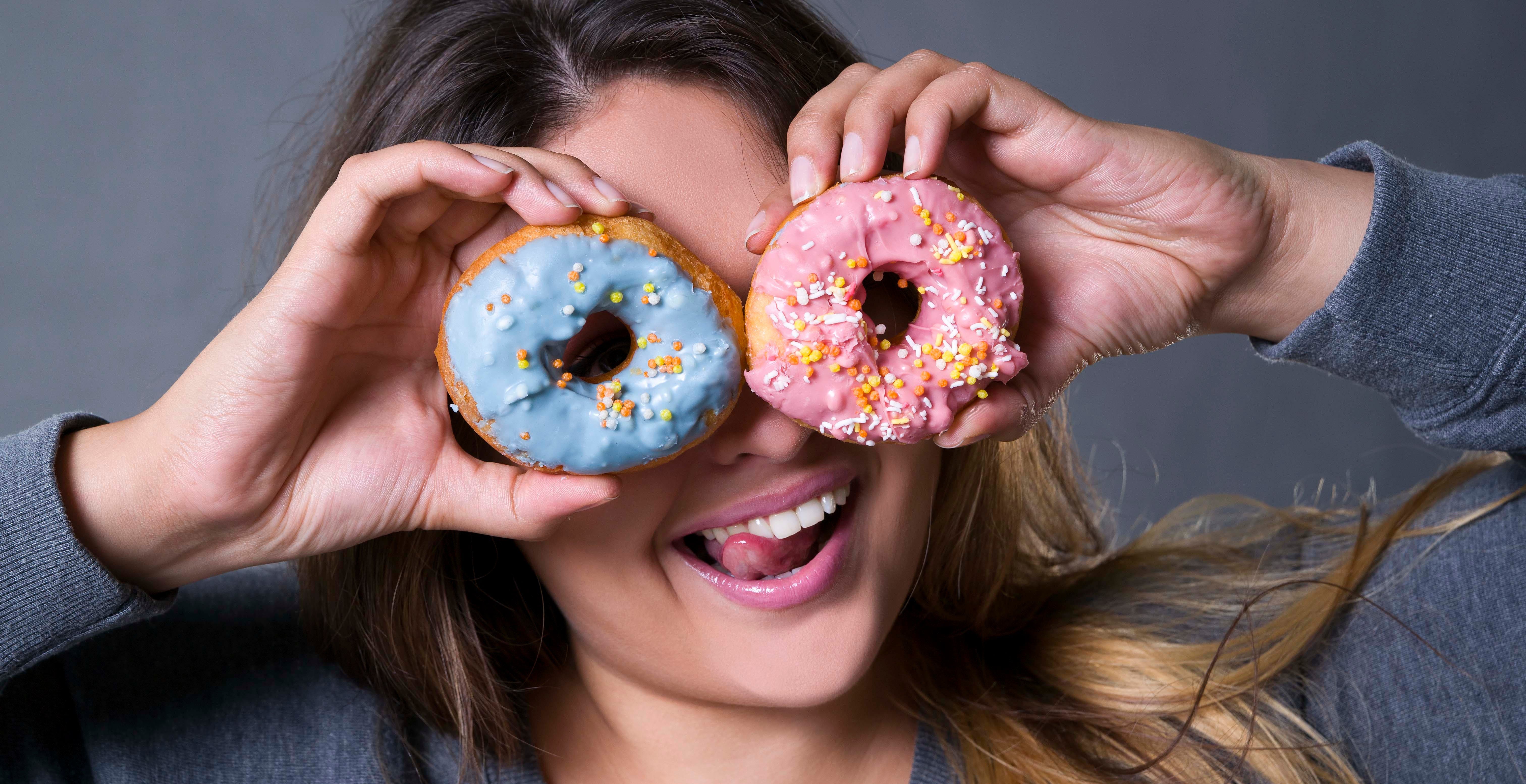Food and Feelings


We can all agree that food can make us feel good – or bad – but when it comes to food and feelings, there is a line we need to be careful not to cross. We talked to two registered dietitians for some advice.
Niagara Falls-based dietitian Catherine Rose-Loveless defines “emotional eating” as “eating in response to feelings instead of physical hunger.”
“Many of us eat in response to happy emotions or sad emotions related to events in our lives,” she says. And this is common across most, if not all, societies throughout history – food is frequently used as a means to celebrate birthdays, bring people together or remember the dead, she says.
“We learn through habit that food can make us feel differently, even if it is just for a short time. Unfortunately, this habit can prevent us from learning better ways to deal with our emotions – whether sad or happy.”
“Often food can represent an outlet for us,” says Nicole Osinga, a dietitian based in Oshawa, Ont. “Some of us have our ‘comfort food’ staples, or associate certain foods with memories, [such as] we used to always have apple pie at Grandma’s house after dinner on Sundays,” she explains. “It’s that association between certain foods and emotions that can become problematic. Some people eat ice cream when they’re feeling down, or overindulge in chocolate when they [have] had a hard day.”
Though it is different for everyone, she says, some of us use food to seek comfort when we’re experiencing a negative emotion like loneliness, anger, fatigue, stress, even boredom.
However, “this is not an effective coping strategy,” Osinga explains, because it’s likely that after indulging in these foods, those negative emotions are still there.
Signs of emotional eating
“Emotional triggers to eating can be broadly categorized into social, emotional, situational, physiological, and psychological,” Rose-Loveless says.
While both Osinga and Rose-Loveless agree there’s nothing wrong with having occasional indulgences and celebrating say, your new job, with a nice meal out, there is a point when connecting food to feelings becomes problematic.
“It becomes an issue when the eating is to fill a void, deal with a stressful situation or avoid a feeling,” Rose-Loveless says.
We’ve crossed that line “when we are often turning to food as an outlet when we’re not truly hungry, and not creating effective coping strategies for our emotions,” Osinga explains.
Another red flag is “when a person continues to eat long past the point of feeling physically full because of the way the food makes them feel,” Rose-Loveless adds.
Boredom as a trigger
Boredom is a common trigger for emotional eating, and one that most people don’t realize is happening to them until they’re eating or already finished, Rose-Loveless says. But there are ways to keep bored-snacking at bay.
Rose-Loveless recommends checking in with yourself when you are heading to the fridge or cupboard. Ask yourself: Am I hungry? Why am I getting food? How do I feel right now?
“If you are not actually feeling physical hunger and you are going to the fridge simply because you are ‘craving’ a food or feel like there is nothing else to do, then you are emotionally eating,” Rose-Loveless says.
“Once you recognize this, you can work on strategies to avoid this behaviour – preferably an activity that does not involve food or eating.”
A helpful tip is to do something that will occupy your mind, Osinga suggests trying colouring.
Good eating habits
Someone who is not an “emotional eater” Osinga says, is someone who eats only when they are truly hungry – and that’s what we should all strive for: to eat when our bodies tell us we’re hungry, not in response to an emotional trigger, event trigger, environmental trigger, or person trigger, she explains.
Rose-Loveless shares her perspective: “In some ways, we all emotionally eat at some level or another. I would not consider it a problem if the person is aware they are eating and why they are eating.” The key to healthy eating habits, she explains, is when people are not using food to fill a void, or deal with an emotional or psychological issue.
Osinga recommends working to identify your triggers by tracking everything you eat for about a week at a time. List the foods and drinks, but also identify what type of hunger you were feeling at the time. There are three types, Osinga explains:
- Stomach hunger (True hunger)
- Heart hunger (Eating in response to an emotion)
- Mouth hunger (Wanting the physical pleasure of food without stomach hunger)
Rose-Loveless seconds the idea of keeping a food and feelings diary, and also recommends eating regular, balanced meals and snacks, getting proper rest and exercising.
When to get help
“A client should seek help when eating becomes the main strategy they use to manage emotions,” Rose-Loveless says. “Seeing both a dietitian and psychologist can be of benefit.” A psychologist can help someone learn to deal with their emotions and their emotional triggers for wanting to eat, she explains, while a registered dietitian can help the person build a new relationship with food as a means of fueling the body.
